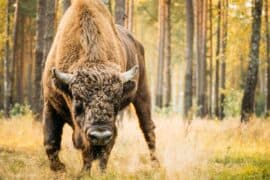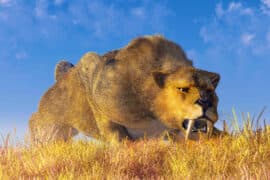Newfoundland
(Newfoundland)
Description
Newfoundland dogs, also known as Newfies, are a breed of large working dogs that originated in Newfoundland, Canada. They are known for their massive size, strength, and loyalty, and have been used for a variety of purposes throughout history, including as fishing and hunting companions, as well as for search and rescue operations. In this article, we will explore the history, physical characteristics, temperament, and care requirements of the Newfoundland dog breed. History: The Newfoundland breed was developed on the island of Newfoundland, off the eastern coast of Canada, in the 18th century. The breed is thought to be a mix of native Canadian dogs and European breeds brought over by fishermen and explorers. Newfoundlands were initially bred for use as working dogs, particularly for fishing, where their strength and swimming ability proved invaluable. They were also used as draft animals, pulling carts and sleds, and as hunting companions, helping to retrieve game from water. Physical Characteristics: Newfoundlands are a large breed of dog, typically weighing between 100-150 pounds and standing 26-28 inches tall at the shoulder. They have a distinctive appearance, with a broad, muscular body, a thick, heavy coat, and a wide, powerful head. Their coat is usually black, but can also be brown, gray, or white and black. The Newfoundland's webbed feet and waterproof coat make them excellent swimmers, and they are often used in water rescue operations. Temperament: Newfoundlands are known for their gentle, sweet nature and their loyalty to their owners. They are often referred to as "nanny dogs" due to their protective and nurturing instincts towards children. Despite their large size and strength, they are generally docile and easy-going, and make great family pets. However, they can be stubborn and require firm, consistent training from a young age. Newfoundlands are also prone to separation anxiety and can become destructive if left alone for extended periods of time. Care Requirements: Newfoundlands have a thick, double coat that requires regular brushing to prevent matting and to keep it clean and healthy. They also need regular exercise, including daily walks and playtime, to prevent obesity and maintain their muscle tone. Due to their size and tendency towards hip dysplasia, Newfoundlands should be fed a high-quality diet and monitored for any signs of joint issues. They are also prone to certain health conditions such as heart disease, bloat, and skin issues, so regular vet checkups are essential. Conclusion: The Newfoundland dog is a gentle giant with a rich history and an unwavering loyalty to its owners. Their massive size and strength, combined with their gentle nature, make them excellent family pets and working dogs. However, they require a dedicated owner who is willing to provide them with the proper care and training they need to thrive. If you are considering adding a Newfoundland to your family, be prepared for a loyal, loving companion who will steal your heart.
Taxonomic tree:







